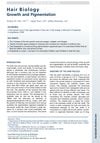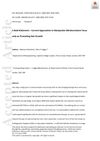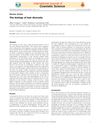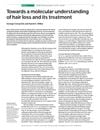Biology of Human Hair Growth and Common Baldness
January 1998
in “
KAGAKU TO SEIBUTSU
”
male pattern baldness hair growth cycle hormonal influences endocrine control adrenal cortical hormones pituitary hormones hair follicles male hormones stem cell research colony-forming cells bulge area rat whisker follicles epithelial stem cells dermal papilla cells androgen-independent dermal papilla cells male pattern baldness hair growth cycle hormonal influences endocrine control adrenal hormones pituitary hormones hair follicles male hormones stem cell research colony-forming cells bulge area rat whisker follicles epithelial stem cells dermal papilla cells androgen-independent dermal papilla cells
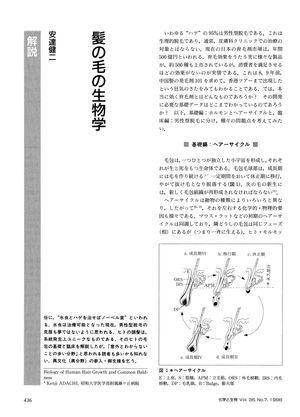
TLDR The document suggests that male hormones likely affect hair growth and baldness, and future treatments might involve stem cells and androgen-independent cells.
The document from 1998 examines the biology of human hair growth and common baldness, particularly male pattern baldness. It notes that while there is a significant market for hair growth products in Japan, consumer satisfaction is low. The paper discusses the hair growth cycle, hormonal influences, and the classification of human hair based on endocrine control. It acknowledges the lack of data on the direct effects of adrenal cortical and pituitary hormones on hair follicles, suggesting that male hormones likely mediate these effects. The document also touches on the potential of regenerating hair follicles using stem cell research, with over 90% of colony-forming cells coming from the bulge area in rat whisker follicles. It proposes the possibility of creating new hair follicles through the co-culture of epithelial stem cells and dermal papilla cells, and speculates on future treatments that could control hair growth by using androgen-independent dermal papilla cells. However, the information is 26 years old, and advancements may have occurred since then.
